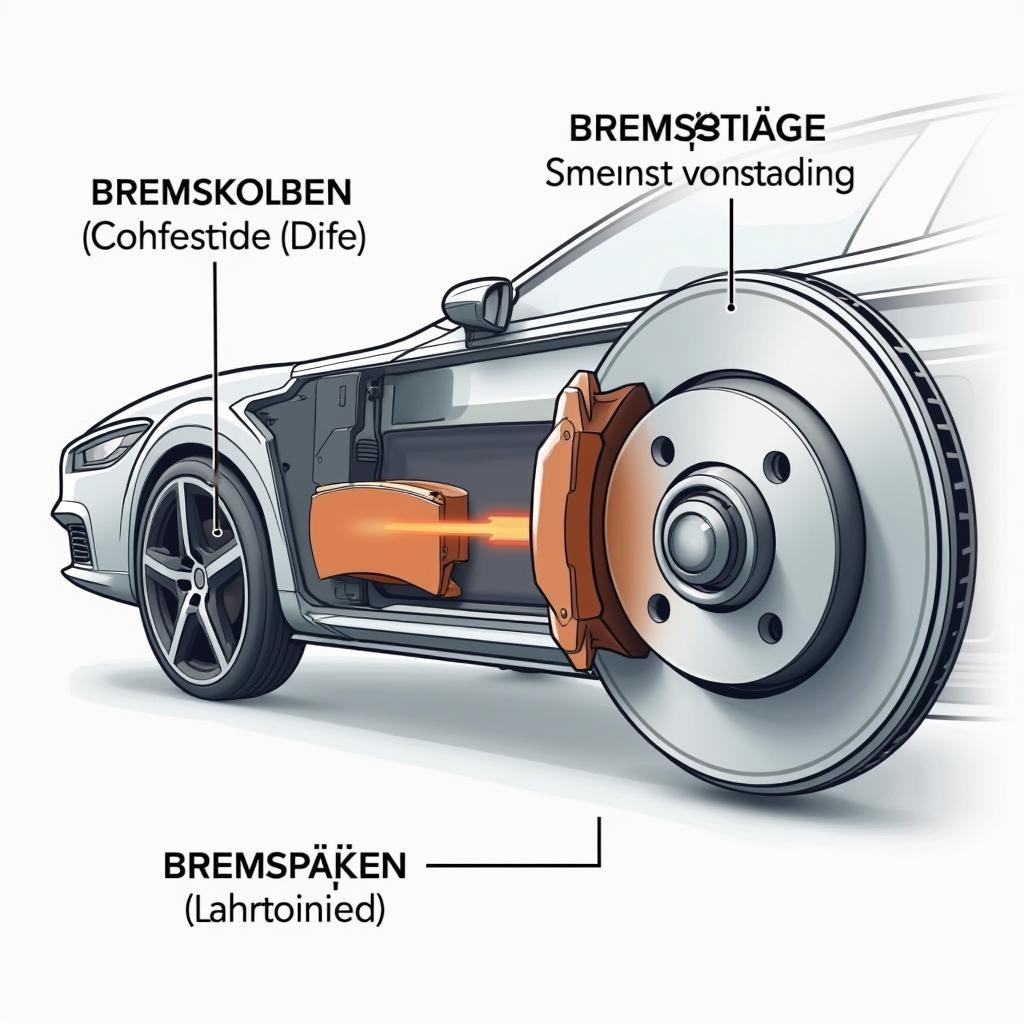Bedding in your brakes is a crucial aspect of vehicle maintenance and significantly contributes to safety and optimal braking performance. In this article, we will explain the importance, procedure, and benefits of bedding in brakes in detail. We will also address common questions and provide valuable practical tips.
What Does Bedding In Brakes Mean?
Bedding in refers to the process where the brake pads are properly seated against the brake disc to ensure uniform contact and optimal braking performance. This is especially important after installing new brake components or after prolonged periods of inactivity. Bedding in applies a uniform layer of brake pad material onto the brake disc, leading to an optimal coefficient of friction and thus improved braking performance.
Definition and Origin of Bedding In Brakes
The term “Freibremsen” (bedding in) originates from the time when brake pads were made of asbestos. Back then, it was necessary to “burn in” the new pads through hard braking to compress the asbestos layer. Today, with modern brake pads made from organic or ceramic materials, the bedding-in process is less aggressive but still important. Professor Hans-Joachim Braun, author of the technical book “Brake Technology in Automotive Engineering,” emphasizes: “The bedding in of modern brake pads serves to optimize the coefficient of friction curve and prevent uneven wear.”
 Diagram illustrating the brake bedding-in process
Diagram illustrating the brake bedding-in process
How Do You Bed In Brakes?
Bedding in is typically done by repeatedly braking from medium speed without locking the wheels. A typical procedure involves about ten brake applications from 50 km/h down to 10 km/h, with sufficient pauses in between to allow the brakes to cool. “This procedure transfers a uniform layer of brake pad material onto the brake disc and achieves optimal braking performance,” explains Dr. Franziska Müller, brake expert at Bosch.
Benefits of Bedding In Brakes
Bedding in brakes offers a range of benefits: improved braking performance, reduced stopping distance, uniform wear of brake components, and a reduced risk of brake vibrations. By optimizing the coefficient of friction curve, a smoother and more effective braking process is ensured.
Common Questions About Bedding In Brakes
- Do I need to bed in brakes after every brake pad change?
Yes, bedding in is essential after every brake pad replacement. - How often should you bed in your brakes?
Generally, bedding in after brake pad replacement is sufficient. - What happens if you don’t bed in your brakes?
Uneven wear, reduced braking performance, and brake vibrations can be the result.
Bedding In Brakes vs. Breaking In (New Vehicles)
The terms “Freibremsen” (bedding in) and “Einbremsen” (breaking in) are often used synonymously, but there are subtle differences. While bedding in primarily concerns optimizing the friction surface between the pad and disc, breaking in refers to the adaptation of all brake components in a new vehicle.
Additional Tips for Bedding In Brakes
- Avoid hard braking to a complete stop during the break-in period.
- Pay attention to unusual noises or vibrations during the braking process.
Related Topics
- Changing Brake Fluid
- Replacing Brake Discs/Rotors
- ABS and ESP
Need Assistance?
Our experts at autorepairaid.com are available 24/7. Feel free to contact us for professional advice and support regarding brakes. We offer comprehensive services, from diagnosis to repair, as well as high-quality diagnostic tools and technical literature for self-diagnosis.
Conclusion
Bedding in your brakes is an important step to ensure optimal braking performance and safety. By properly performing the bedding-in process, you can extend the lifespan of your brakes and enjoy a safe driving experience. Don’t hesitate to contact us with any questions. We are happy to help!

